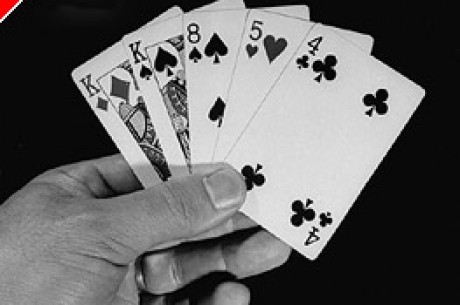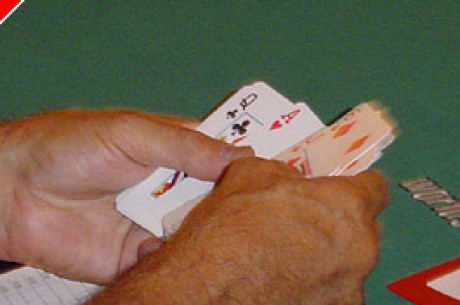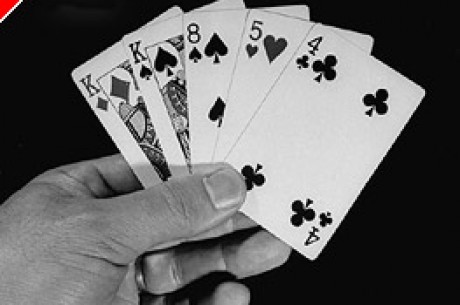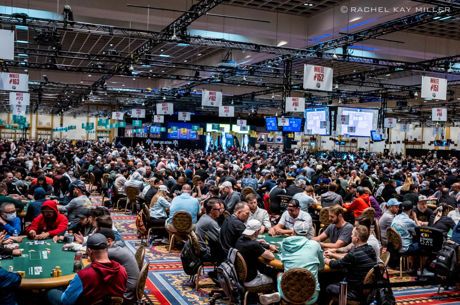Making the Transition from Pot Limit to Limit, Part One
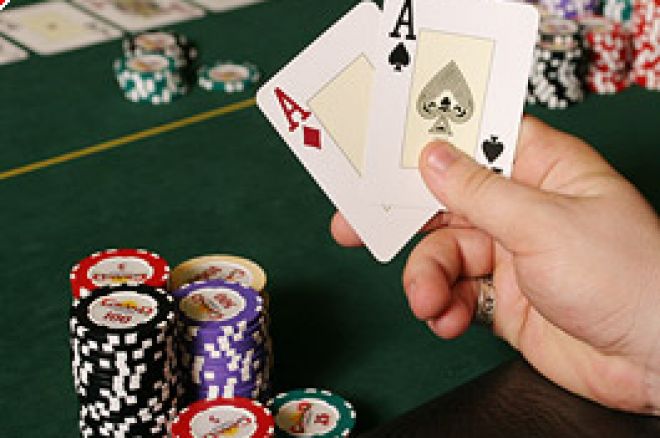
Recently, I have been traveling the world...literally. Of note to the poker community, I visited Las Vegas (and other American cities) before traveling to continental Europe. Coming from a poker community where limit constitutes the vast majority of games, I felt at home in Vegas because virtually all the games are limit. Sure, there are some no limit games on offer and pot limit games if you look hard enough. But poker is largely limit in Vegas.
Once I entered the European poker scene, I realised that the majority of casinos (and/or poker clubs) play pot limit. Many limit players I know who made the transition to pot limit couldn't be happier for two reasons. First, if you win a big pot in a pot limit game, you really win a BIG pot because you managed to force a player to commit the majority of his stack with the second best hand. The problem, of course, is that the situation needs to be just right in pot limit for this to occur and in many cases, the player who is behind when all the money goes in usually has outs.
The second reason people who have made the transition like pot limit is because of the "protection" factor. If you have AK on a flop of Ah-9h-5d and your opponent has Jh-10h, you may get one call from him on the flop, but if the turn doesn't help, you can bet large enough to force him out of the pot - and every now and again, you are forcing him to fold when the river is a heart. As a result, you can make some money preflop and on the flop, but protect your vulnerable hand on the turn by make a substantial bet that your opponent cannot call. The obvious advantage is that your 'win rate' is higher. That is, AK may win 70%-80% of the time in a pot limit game when you flop an ace because you can force draws out with a large bet. But if you couldn't force those draws out of the pot, it would only win 60% of the time.
After seeing lots of pot limit poker in the past few weeks, I thought it would be good to provide some general advice to pot limit players who will make the transition to limit cash game poker. Many who play pot limit would probably look at limit as a step backwards. But I believe this is incorrect. I would regard it more as a step sideways. There are plenty of good limit players who make more per year than good pot limit players playing games a similar size. The trick is adjusting certain aspects of your game plan. While this advice may not be relevant now or tomorrow or next month, but one day you may visit America, Australia or another country where limit is the main game... and when you do, you will need to be equipped to handle this type of betting structure. So pay attention, even if this advice won't help you in the immediate future.
ONE: You can call preflop raises with a drawing hand
You are sitting in a limit game. There is a raise before the flop and three people call. It's up to you and you have 7s-8s. In pot limit, the raise may be too high to call with a hand like this. Even if the flop comes As-9d-6h giving you an open-ended straight draw and a backdoor flush draw, you will still have to call a substantial bet to see the turn (and the river if you wish to continue). Because of this, there is a strong argument against calling before the flop with this type of hand. In limit, however, there are no such constraints. If the flop comes as above in a limit game, it is not only possible to call a bet on the flop and turn - it is correct. On the flop, the bet you need to call will be very small compared to the size of the pot. So it won't hurt you much at all if you call and miss your draw and, more to the point, the pot odds are usually much greater than the odds against you making your draw. Therefore, your call on the flop (and probably on the turn) show long term profitability.
TWO: Rocks are evident in limit games
In many pot limit games, many players have no problem waiting for strong hands before entering the pot. The downside, of course, is that these players will rarely win a large pot because the moment they come out swinging, most of his opponents are conscious of his tight tendencies and will fold relatively strong hands because they know that the "rock" probably has the nuts. The bad news is that limit poker is no different. I have come across some pot limit players who think that waiting for bombproof cards or playing like a "rock" will go relatively unnoticed in limit poker. This simply isn't true. After sitting at a limit table for an hour or so, most players will be able to tell whether you are a tight player or a loose'ish player. In limit, that's usually the first assessment that most opponents make about you.
So you need to get involved every now and again with hands like K-10 off-suit and 9-7 suited. Look at it this way: it costs you very little to see the flop with a hand like this and on some occasions, it will win the pot, even if you have nothing more than top pair.
THREE: Timing is everything in bluffing
Many regular losing limit players will often remark "you can't bluff in this game." Usually, I (along with other players at the table) have often bluff them out of half a dozen pots every time we play at the same table. These players who fail miserably at bluffing in limit often do so for one of four reasons.
1) They bluff too often. If you become a habitual bluffer in limit, your opponents will look you up more often, even with hands as mediocre as third-best-pair. They do this because (a) they have a good chance of winning with any pair against a habitual bluffer; and (b) it does not cost them much of their stack if they're wrong.
2) Their bluff is a "bet from nowhere." I once saw this: a player "X" raised before the flop and opponent "Y" called. The flop was Ah-Ks-9h. Y checks, X bets and Y calls. On the turn, a 4c, Y checks, X bets and Y calls. On the river, a 7s, Y comes out betting. Now from the sequence of the bets, it would appear to anyone that X has either AK, AQ, AJ, AA or KK. Further, that 7s on the river did not complete any possible straight draws or flush draws. Unless Y was calling with pocket sevens the whole way, there is no reasons why that river helped him. So Y's bet on the river is what I describe as a 'bet from nowhere.' X, who had AQ, called immediately and won the pot. Y showed 8h-7h - a missed flush draw. Evidently, Y realised that he couldn't win the pot in the showdown, so his only chance of winning the pot was by betting and hoping that his opponent would fold. Seems logical enough I suppose, but if you suddenly come out betting when an insignificant river card falls, expect your opponent to call with any sort of hand, especially if they have been betting the whole way.
3) They can't bet enough. The primary reason why people complain that "you can't bluff in limit" is because they can't bet enough to force their opponent to fold. If you have K-J and called before the flop and the flop comes Q-J-9, your situation isn't terrible. But if an opponent in the big blind decided to play with a hand like Q-5 suited, there is a fairly good chance that they will either bet or call all the way on this type of flop. If the river is an 8 and the big blind with Q-5 decides to check to you, you may be tempted to attempt a bluff. However, this bluff will not always succeed simply because you can't bet enough.
If the situation was identical, but you were in a pot limit game, you could make a pot limit raise right there and then. Even if your opponent with Q-5 thought that you were probably bluffing, they will not risk a large portion of their stack to see if they're right. In pot limit, you have the luxury of making this play because you can make a bet that your opponent simply can't call, even if their read is correct. In limit, however, they will not be so concerned because your bet size is fixed and is usually small relative to the size of the pot on the river.
4) Their timing is off. This encompasses much of what I have discussed in the first three points. But I would like to add that on many occasions, highly ambitious bluffing when the size of you bet is limited is difficult, plain and simple. For example, if you have K-Q suited and you raise before the flop and the flop comes A-5-5, you may want to attempt one bluff on the flop. But if you are called by a number of players, forget about bluffing the turn and river. It's likely that someone has you beat and even if they won't bet if you check, they will call if you bet......
Stay tuned for part two of this article, which will run tomorrow.
Ed note: Party Poker have multiple tables available at every limit, 24 hours a day.

